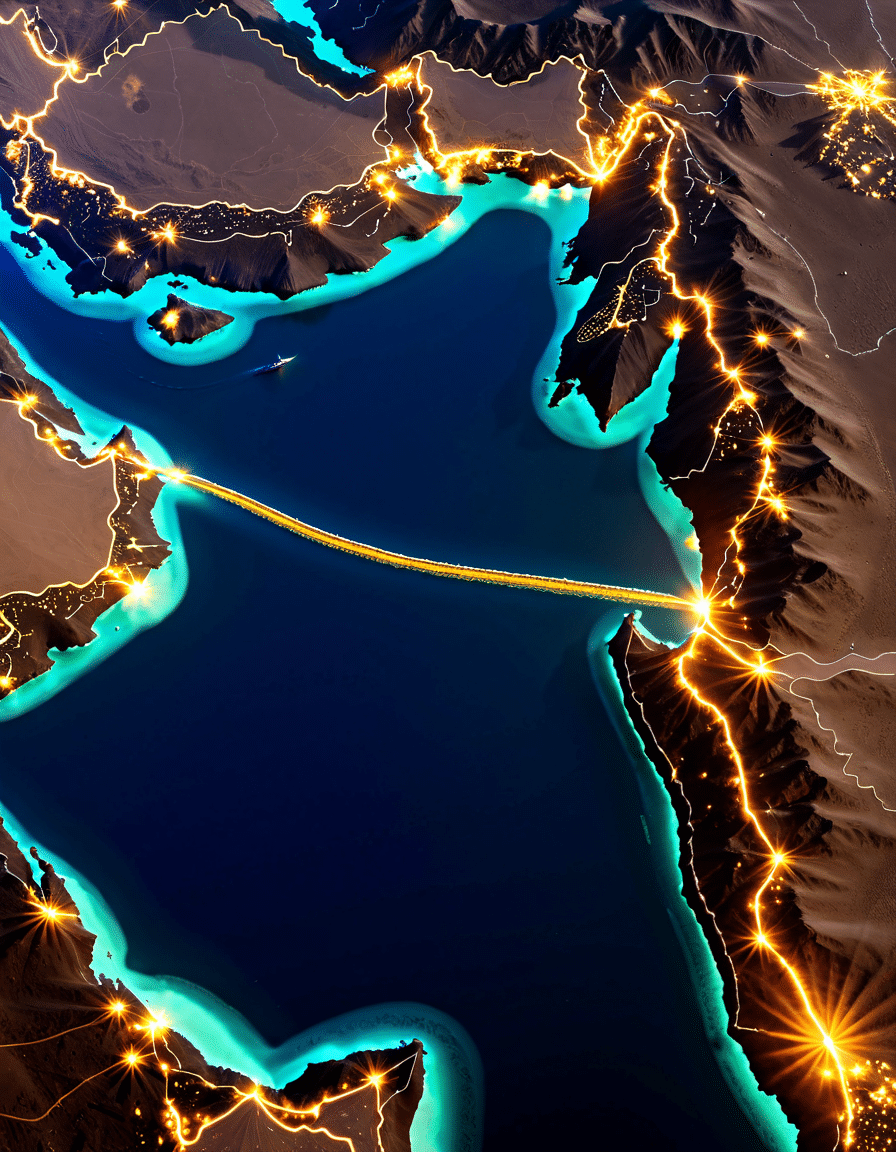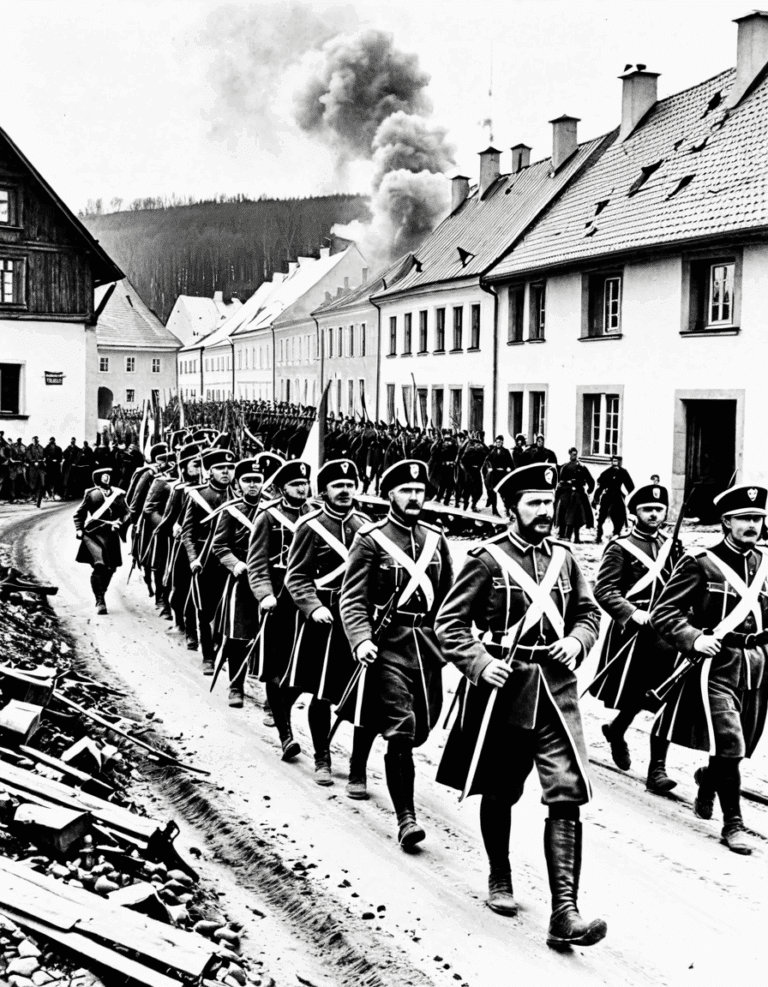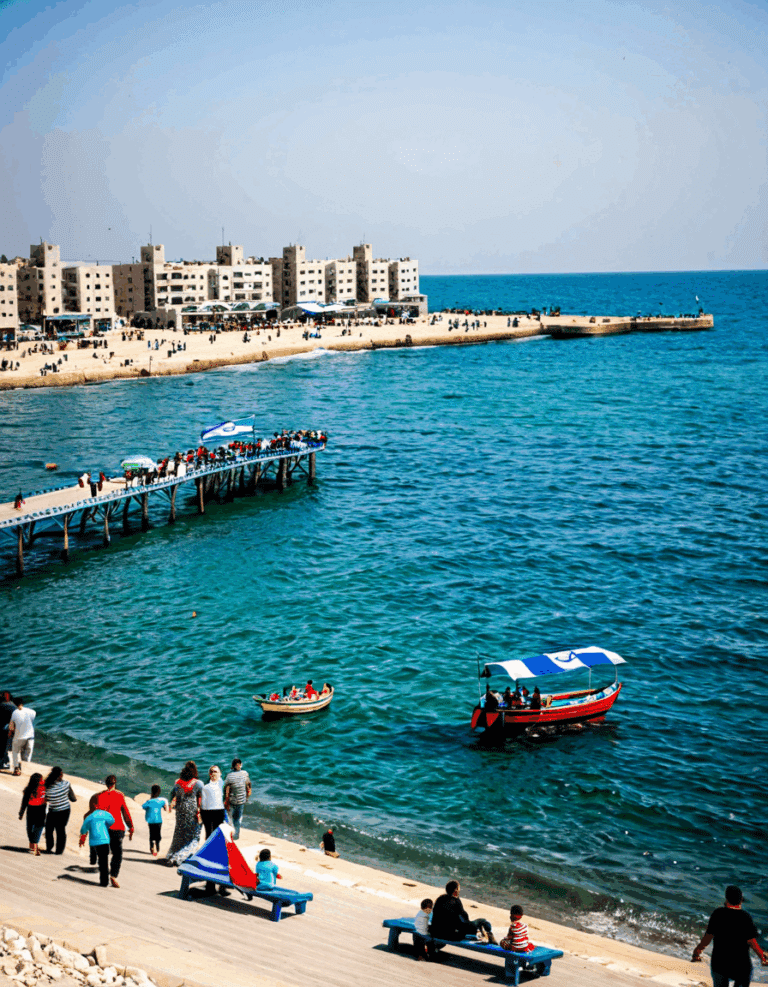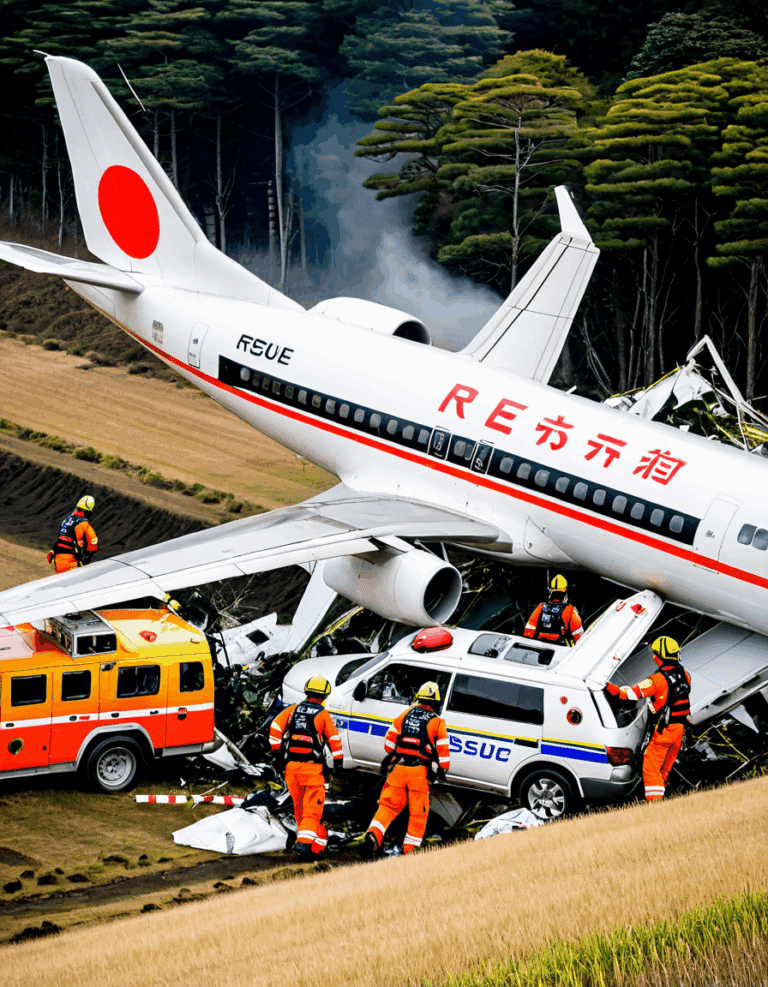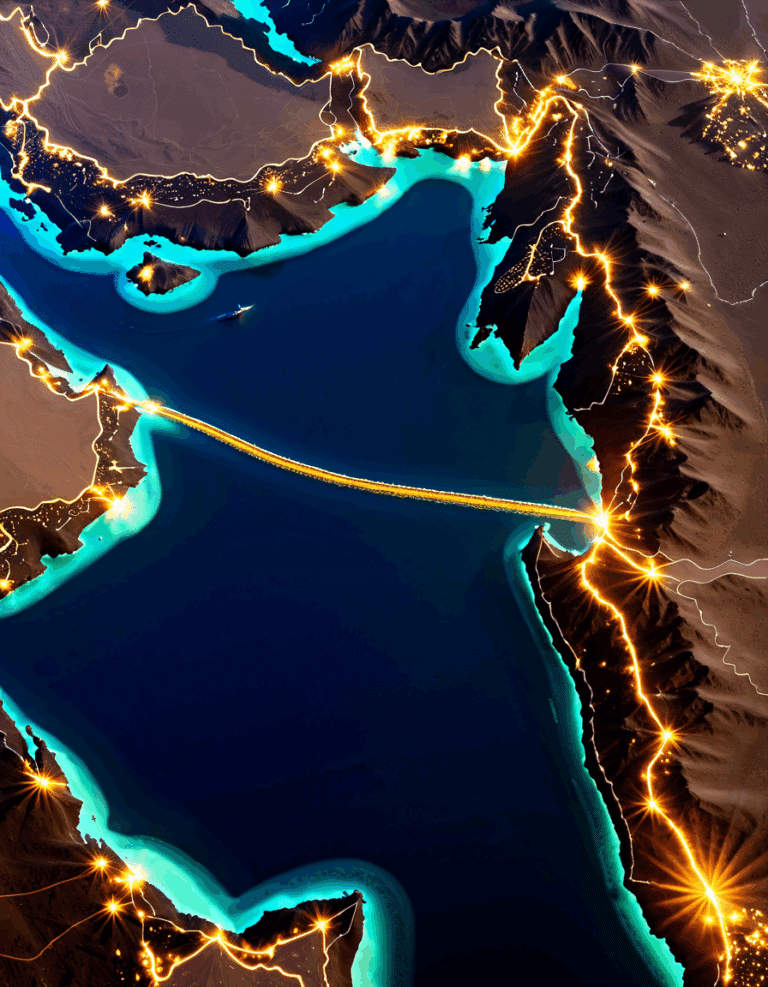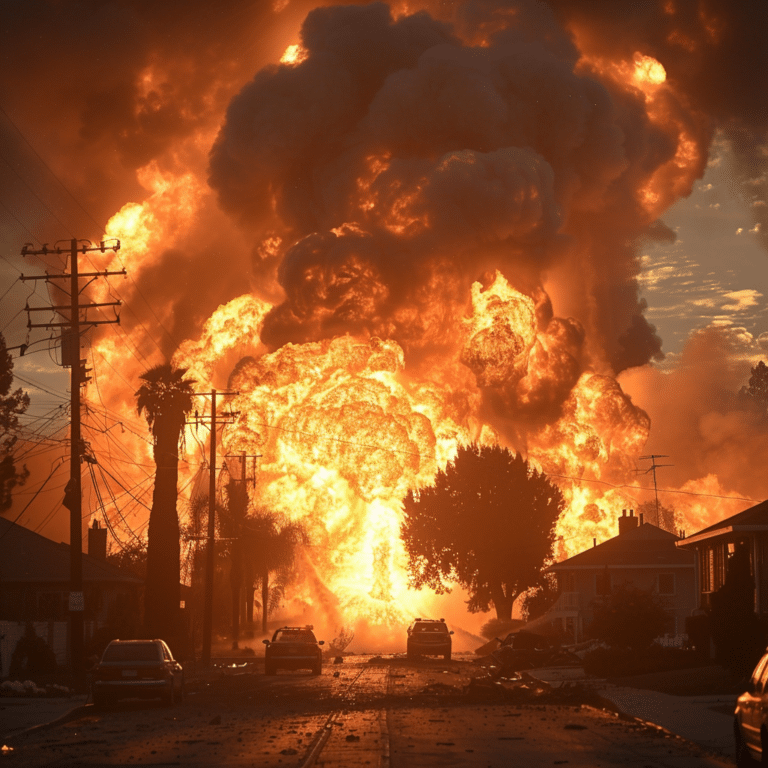The Strait of Hormuz is no ordinary body of water; it is a critical gateway to the world’s oil trade. Nestled between Oman and Iran, this narrow strait sees about 20% of global oil consumption traverse its waters daily. The implications of its stability extend well beyond regional shores, heavily influencing global oil prices and energy security for nations dependent on imported oil. With the geopolitical stakes rising, it’s essential to explore the players in the game and the challenges they face in this pivotal maritime corridor.
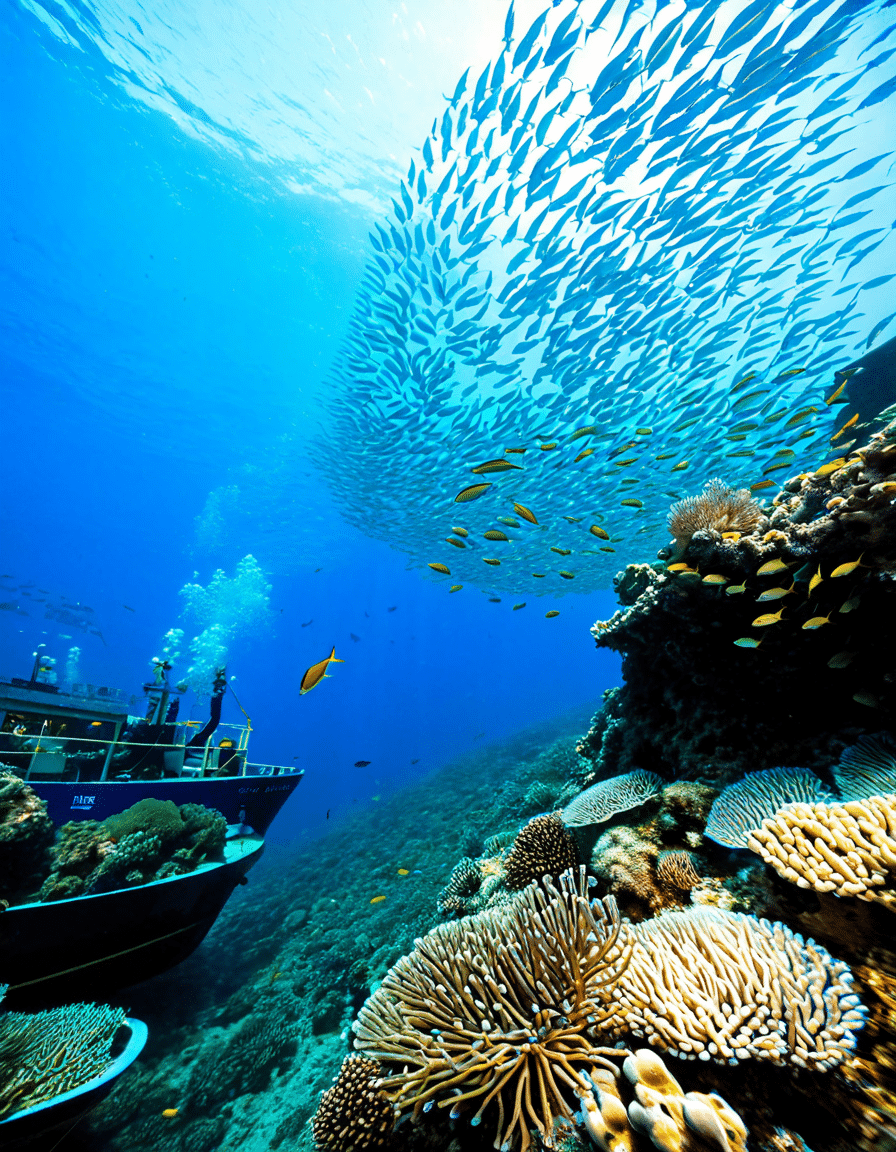
The Geopolitical Significance of the Strait of Hormuz
In recent years, the Strait of Hormuz has become increasingly significant as tensions escalated in the Middle East. With Iran’s aggressive posturing, including threats to blockade the strait, the safety of this thoroughfare has emerged as a top priority for both U.S. and allied naval forces. The choke point is not merely a transit route; it’s a flashpoint that holds the potential to affect economies worldwide.
The ramifications of any disruption in the strait could lead to skyrocketing oil prices, affecting everything from household budgets to global economic growth. As energy consumption continues to surge worldwide—especially in emerging economies—the stakes couldn’t be higher. It’s not just a matter of oil; it’s about the American way of life, energy independence, and safeguarding our country’s interests abroad.
Moreover, energy security is intricately tied to this waterway. Countries with heavy reliance on oil imports, such as Japan, South Korea, and parts of Europe, look to the U.S. for leadership and collaboration. A stable Strait of Hormuz is essential for these nations to maintain their economies—an international matter indeed, not just a regional issue.
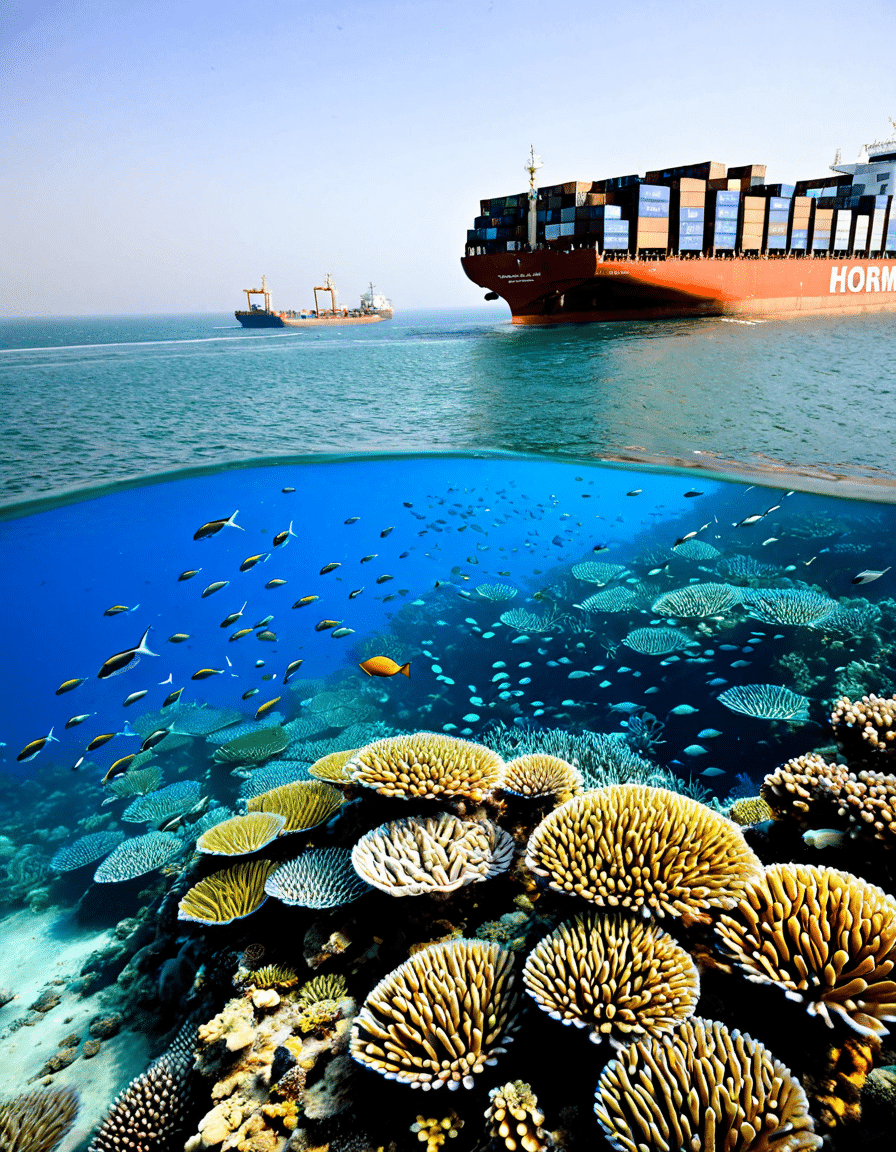
Top 5 Players Navigating the Strait of Hormuz
President Biden’s approach has been to engage diplomatically with Gulf nations to bolster security in the strait. Initiatives to strengthen partnerships come at a time when the U.S. military presence has faced scrutiny. However, critics argue that engaging with Iran proves challenging, as its leadership is often uncooperative and aggressive. Is this strategy effective, or is it just more talk without substantial action?
General McKenzie, former head of Central Command, has long unveiled the military strategies necessary to secure this vital waterway. A solid naval presence deters potential threats and guarantees free passage for oil tankers. From conducting naval exercises to gathering intelligence on Iranian military activities, the tactic emphasizes maintaining a strong military presence in this critical region. Without such oversight, the Strait of Hormuz could become vulnerable to adversarial incursions.
Former MLB pitcher CC Sabathia isn’t just a sports personality; his competitive spirit provides parallels in international affairs. Just like a well-coordinated baseball team requires strategy to win, countries must likewise strategize when it comes to oil security. Securing safe passage through the Strait of Hormuz needs collective efforts, not only between nations but also between military and diplomatic branches.
The Rezvani Tank, a luxury military-style SUV, may seem like an odd metaphor for geopolitics, but hear me out. This vehicle represents resilience and serves as a reminder that nations must be prepared to face threats head-on—whether from adversarial nations or piracy on the high seas. Just like the design of the Tank, the security measures in the Strait of Hormuz embody the necessity for advanced defense strategies.
The Cavinder twins, known for their social media sway, have showcased how the power of influence can extend into global issues. These young entrepreneurs represent a fresh wave of activism, drawing attention to the vital issues surrounding oil dependency. Through their platforms, they remind us all that energy policies and environmental impacts are interconnected—a dimension that must not be overlooked.
Challenges and Threats Posed in the Strait of Hormuz
Despite its importance, navigating the Strait of Hormuz isn’t without its challenges. The ongoing tensions between the United States and Iran often manifest in military demonstrations and aggressive naval confrontations, leaving oil tankers vulnerable.
Also, piracy remains an ongoing concern. It may not make headlines daily, but threats from criminal elements can disrupt oil trade routes, increasing costs and inconveniences for shipping companies. The strait is bordered by nations with varying levels of stability, amplifying the risks posed to vessels.
In brief, the unpredictable situations in nearby conflict zones, like Yemen, exacerbate these threats. With military actions and counteractions, the Strait of Hormuz could transition from being a vital shipping route to a battleground with global repercussions—with implications that reach far and wide.
Future Outlook: Navigating a Changing Energy Landscape
As we delve into the future, the path that the Strait of Hormuz will take is essential for understanding global energy dynamics. With the emergence of renewable energy solutions, one could argue that our dependency on oil is thinning, yet for now, the strait remains indispensable. Geopolitical alliances, economic sanctions, and evolving energy policies will shape the viability of this crucial corridor.
Countries will have to adapt to an evolving landscape almost daily. This evolution doesn’t mean we can take our eye off the ball; on the contrary, vigilance is key. Managing potential disruptions is critical in meeting energy demands while ensuring national security.
In the years to come, proactive measures combined with strategic partnerships will be crucial for successfully navigating the strait’s complexities. The Strait of Hormuz isn’t merely a geographical feature; it symbolizes the intersection of international relations, economic stability, and the rapidly changing energy market.
Strategic Closing Thoughts
As we move forward, the implications of the Strait of Hormuz underscore vital components that stretch beyond just oil trade. It’s a reminder that international affairs are interconnected and require careful navigation. Superpower dynamics, military readiness, and energy dependence intertwine in this defining maritime corridor.
In protecting national interests and securing energy futures, stakeholders must remain adaptable. The strait represents a pressing challenge in a multifaceted world, a reminder that vigilance is not just an option but a necessity. As Americans, it’s crucial to remember that our beliefs around energy independence and international cooperation will define not just our future but the world’s.
Strait of Hormuz: The Critical Gateway to Global Oil Trade
A Vital Passage
The Strait of Hormuz may be just a narrow stretch of water, but don’t let its size fool you—this gateway is a colossal player in global trade. This vital route sees about 20% of the world’s oil supply pass through its waters. To put that into perspective: it’s like hosting a concert where tickets are in high demand, but the venue can only accommodate so many. Fun fact: if you laid out the oil tankers that traverse this strait each day, they would stretch for miles, almost like how many people are curious about how old Zach Bryan is—turns out, he’s just 27 years old.
A Historical Hotspot
Now, let’s sprinkle in some history! The strategic importance of the strait has made it a focal point for conflicts throughout history. It’s much like how the events surrounding the Parkland shooting had lasting ramifications for discussions on gun control in America. Control over the strait has been wrestled for centuries, with various powers trying to stake their claim. Today, it remains a military focal point, with military ships from several nations often patrolling to ensure safe passage. Speaking of passing through, oil tankers aren’t the only ones weighing their options; the influence of trade through the Strait of Hormuz can be felt even as far away as Hollywood, where hits are inspired, much like films available on Movies4k.
Cultural Significance
Interestingly, the Strait of Hormuz isn’t just about oil; it’s steeped in cultural significance as well. The region surrounding the strait hosts a vibrant mix of cultures and traditions. Just like the fashion trends that keep evolving—such as Skorts For Women making a comeback—the cultural landscape in this area is constantly reshaped by the tides of history and commerce. Oil might keep the world running, but it’s the interactions between the people that add rich layers to the narrative. Even entertainers, like Wayne Newton, draw inspirations from places that have shaped them; the strait is no exception. The fascinating interplay of culture and economy along the strait helps underline why it’s essential to keep an eye on this critical waypoint.
The strait of Hormuz is a gateway that impacts everyone, from everyday oil consumers to global markets and international relations. Like the fast-paced decisions of Deion Sanders’ sons on the football field, the dynamics of this strait keep everyone on their toes as they navigate the ever-shifting waters of oil trade and diplomacy.


